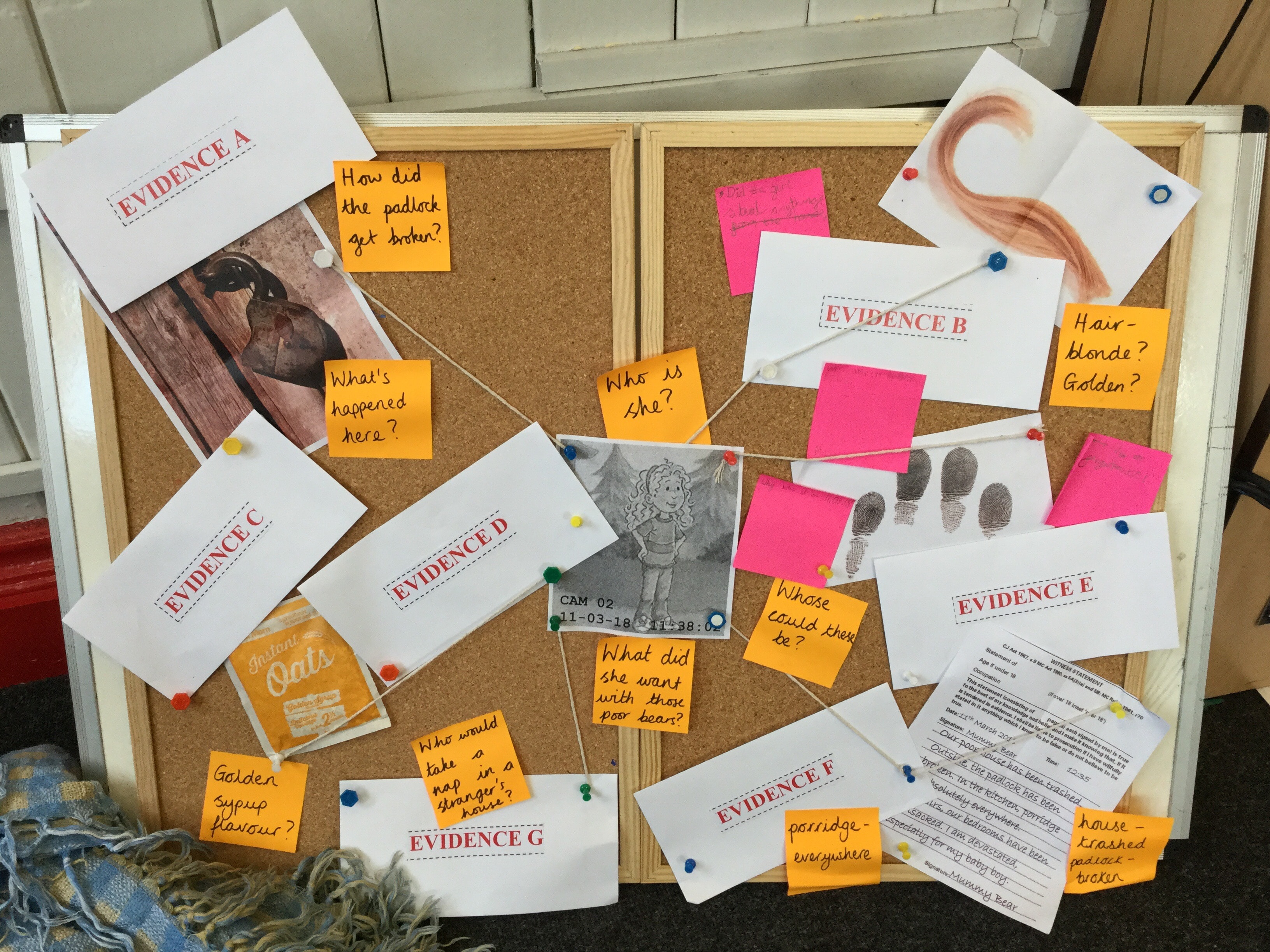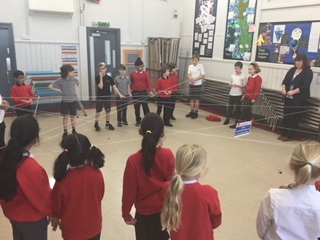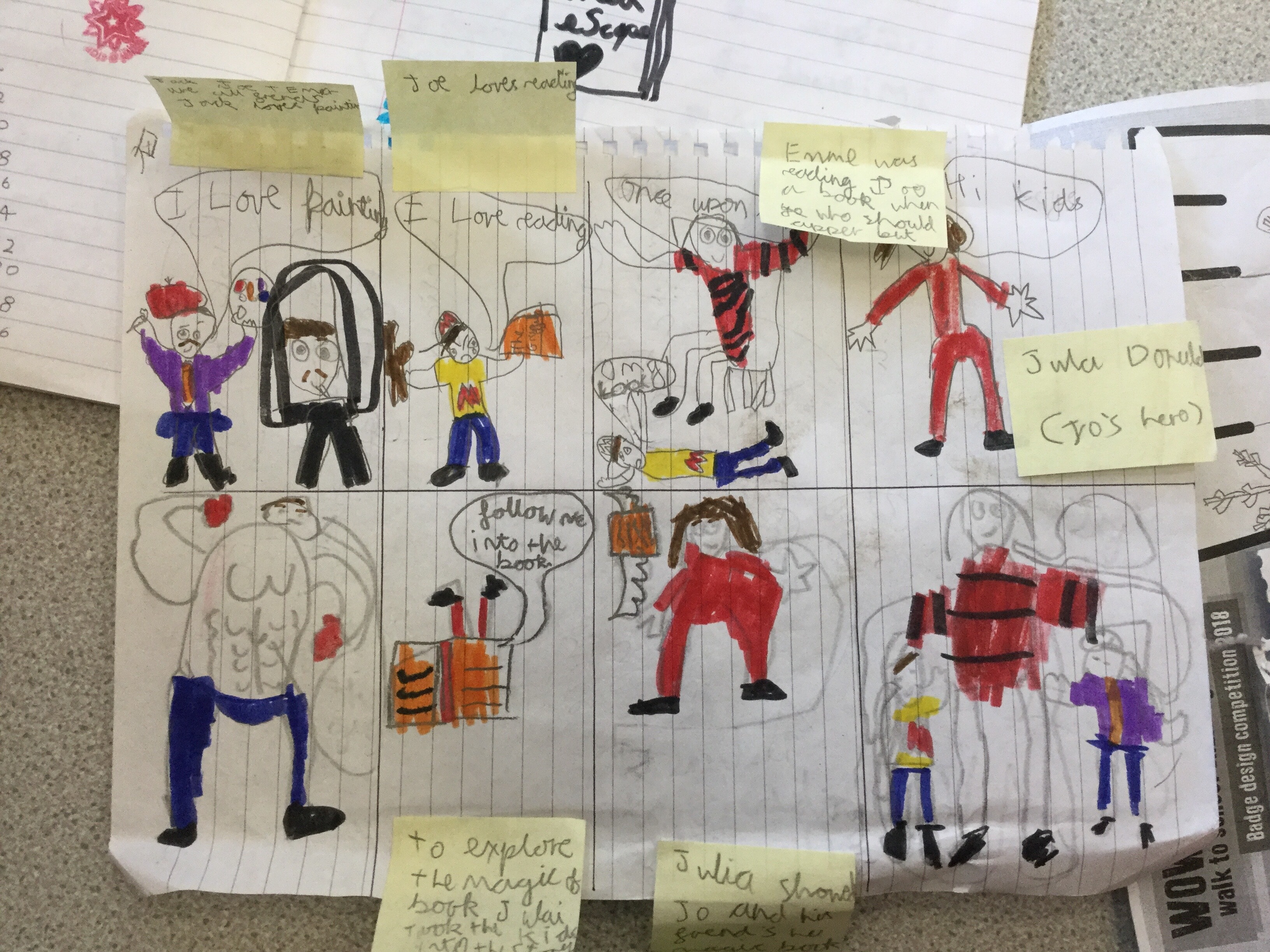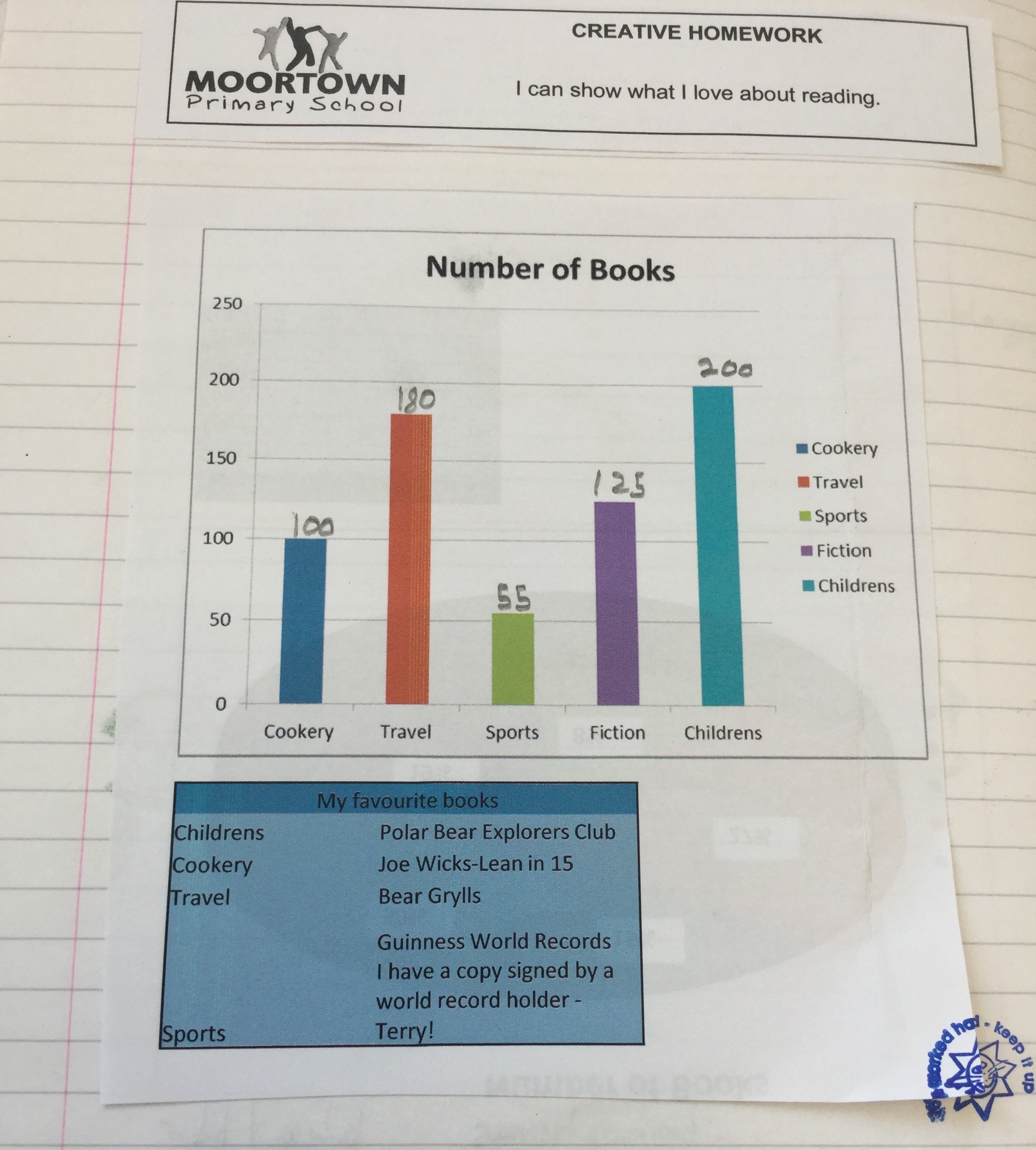AUTHORISED PERSONNEL ONLY BEYOND THIS POINT
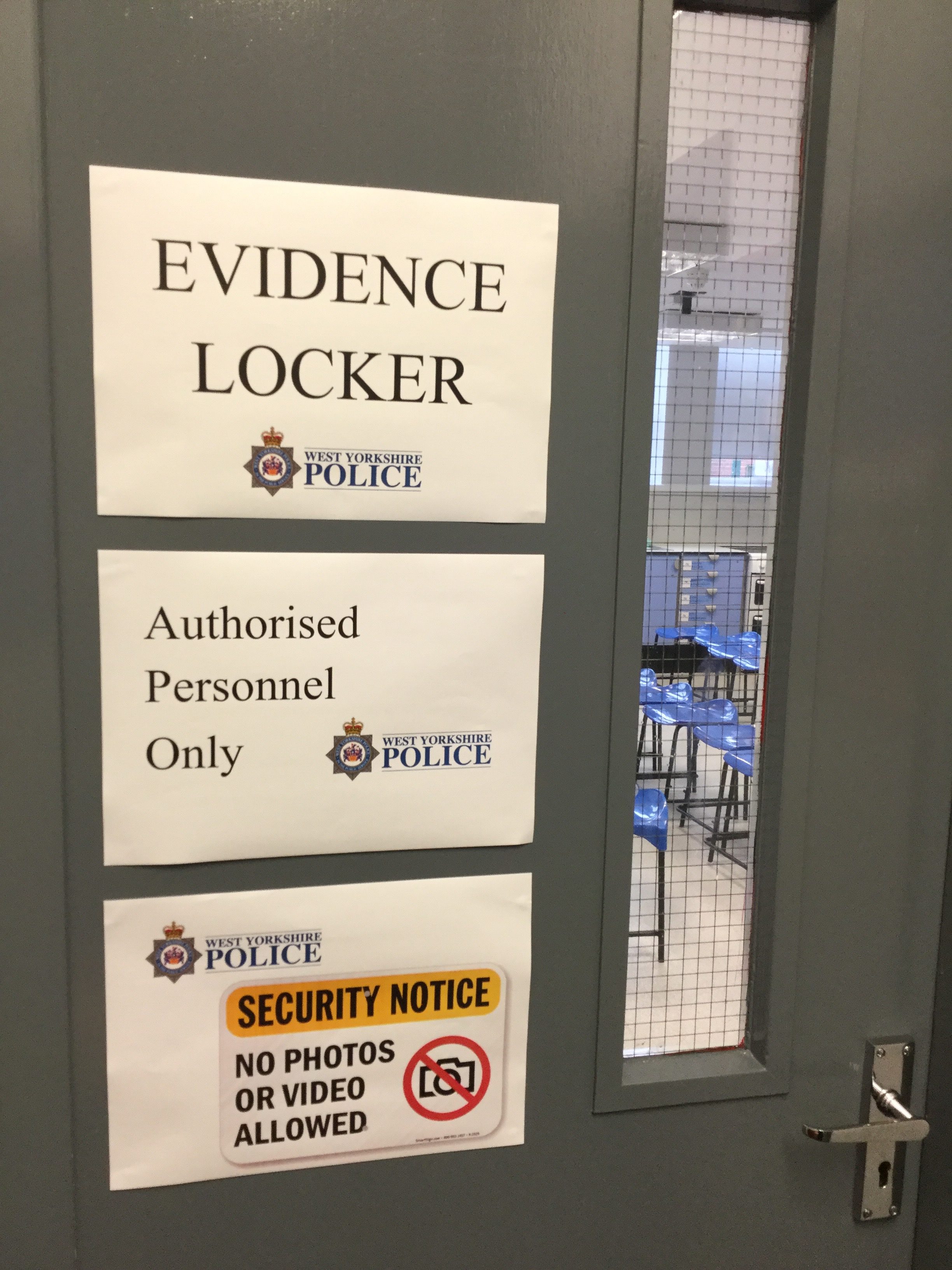
West Yorkshire Police have encountered an incident that requires immediate help from Year 3 at Moortown Primary School. Unfortunately, we are unable to reveal exact details at this point, but Mrs Burgess was granted access to capture two images inside the evidence locker.
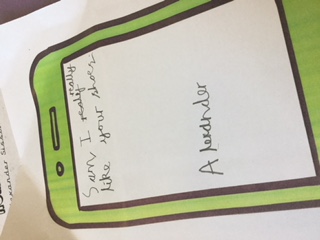
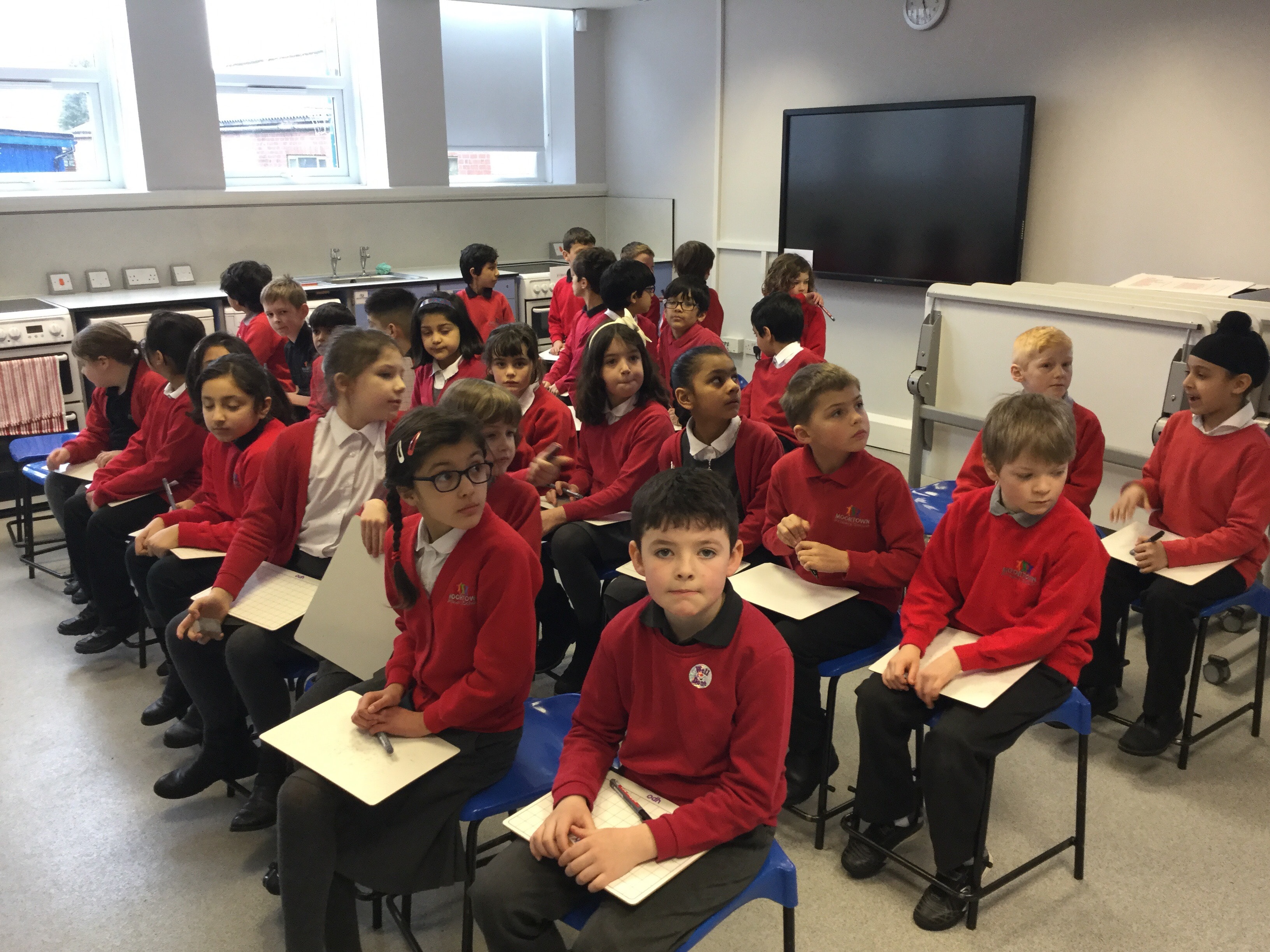
The lower KS2 journalists will be able to release further information later in the week, when granted permission by West Yorkshire Police.
Watch this space.
Living and learning – what might change about me?
Continuing our Being me Living & Learning, we had a discussion in class about our similarities and differences. We talked about what makes us unique to others and we also came up with things we were good at.
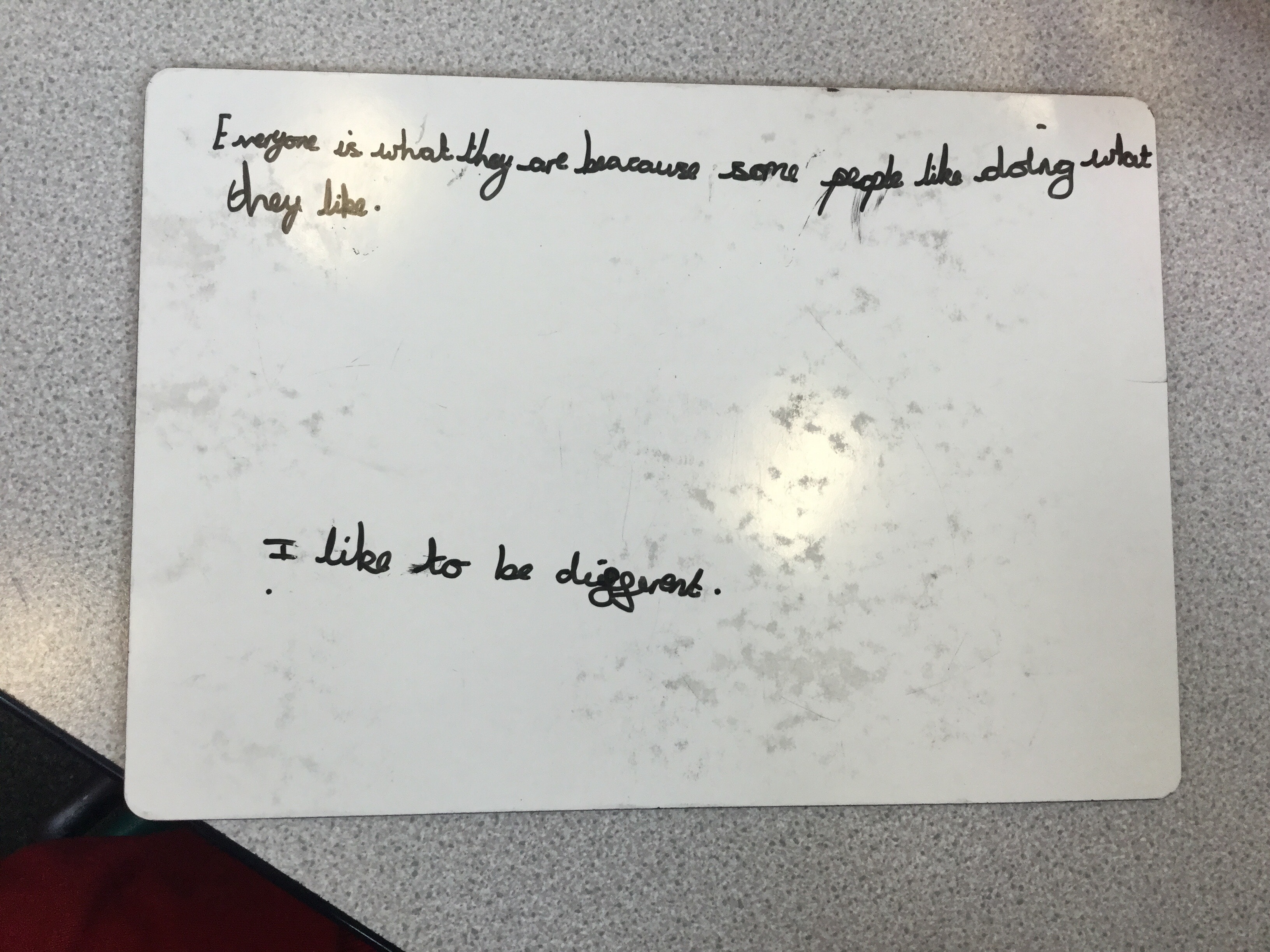
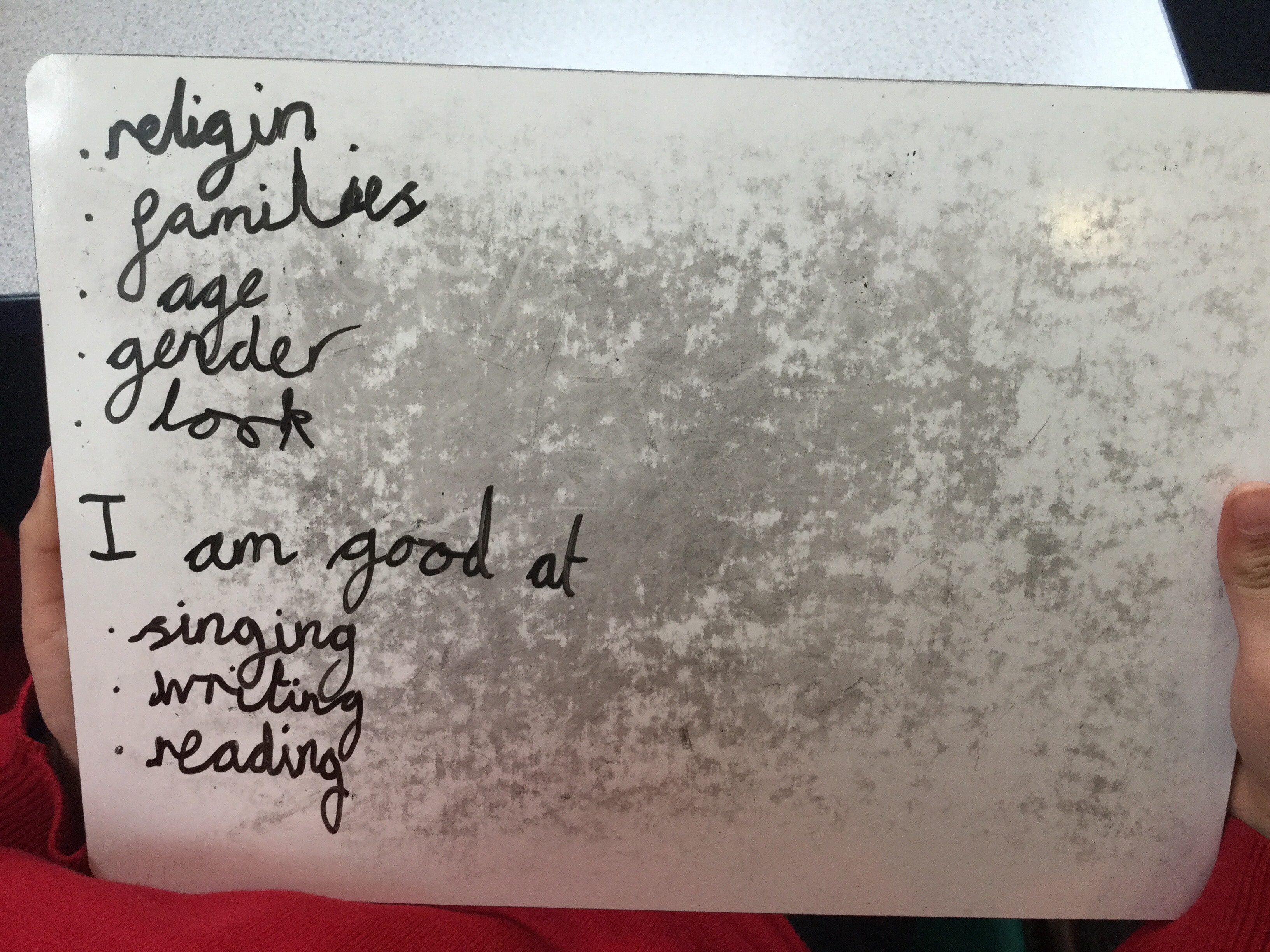
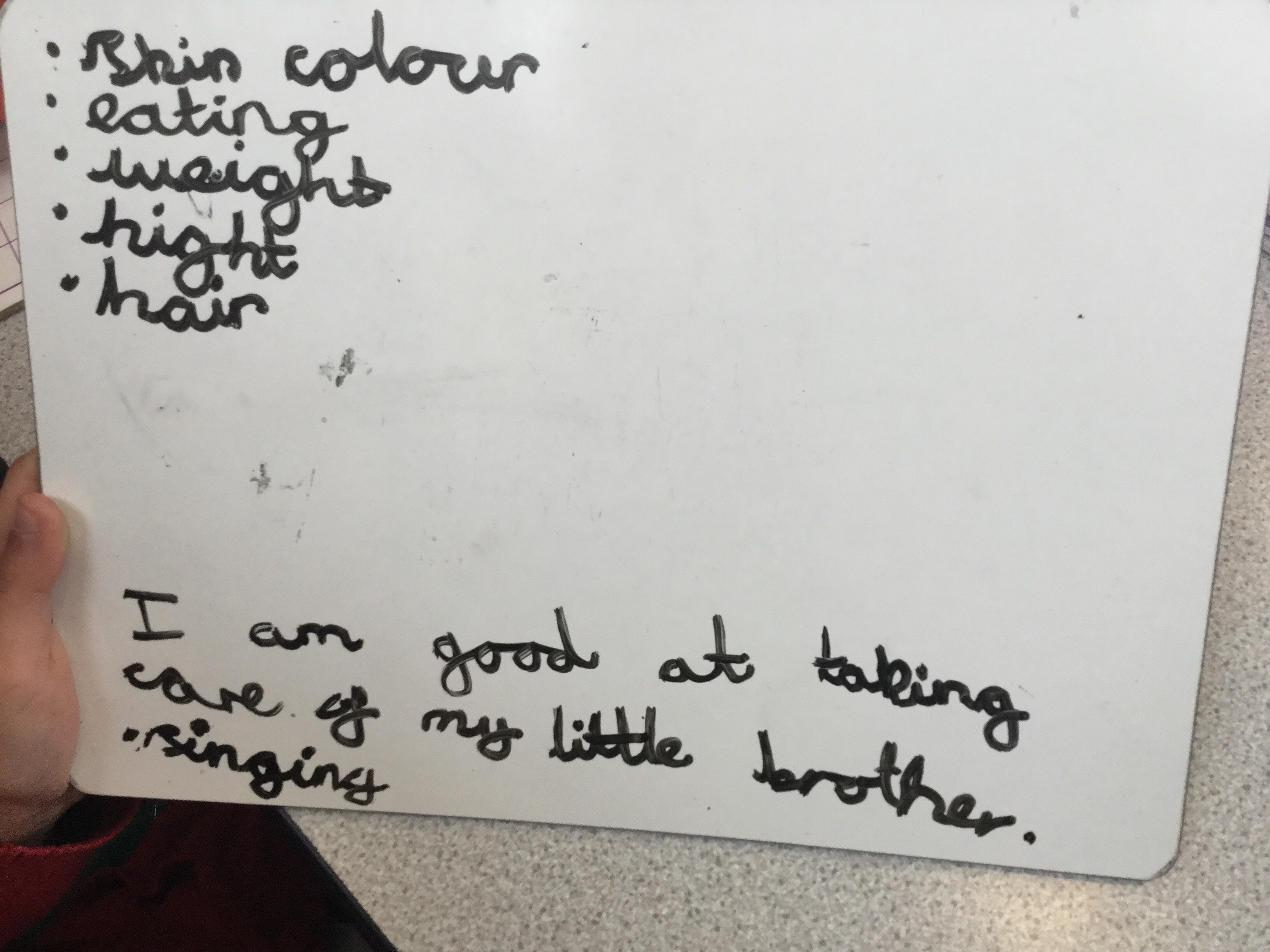
Next, we compiled these differences into a whole class list and split them into three categories:
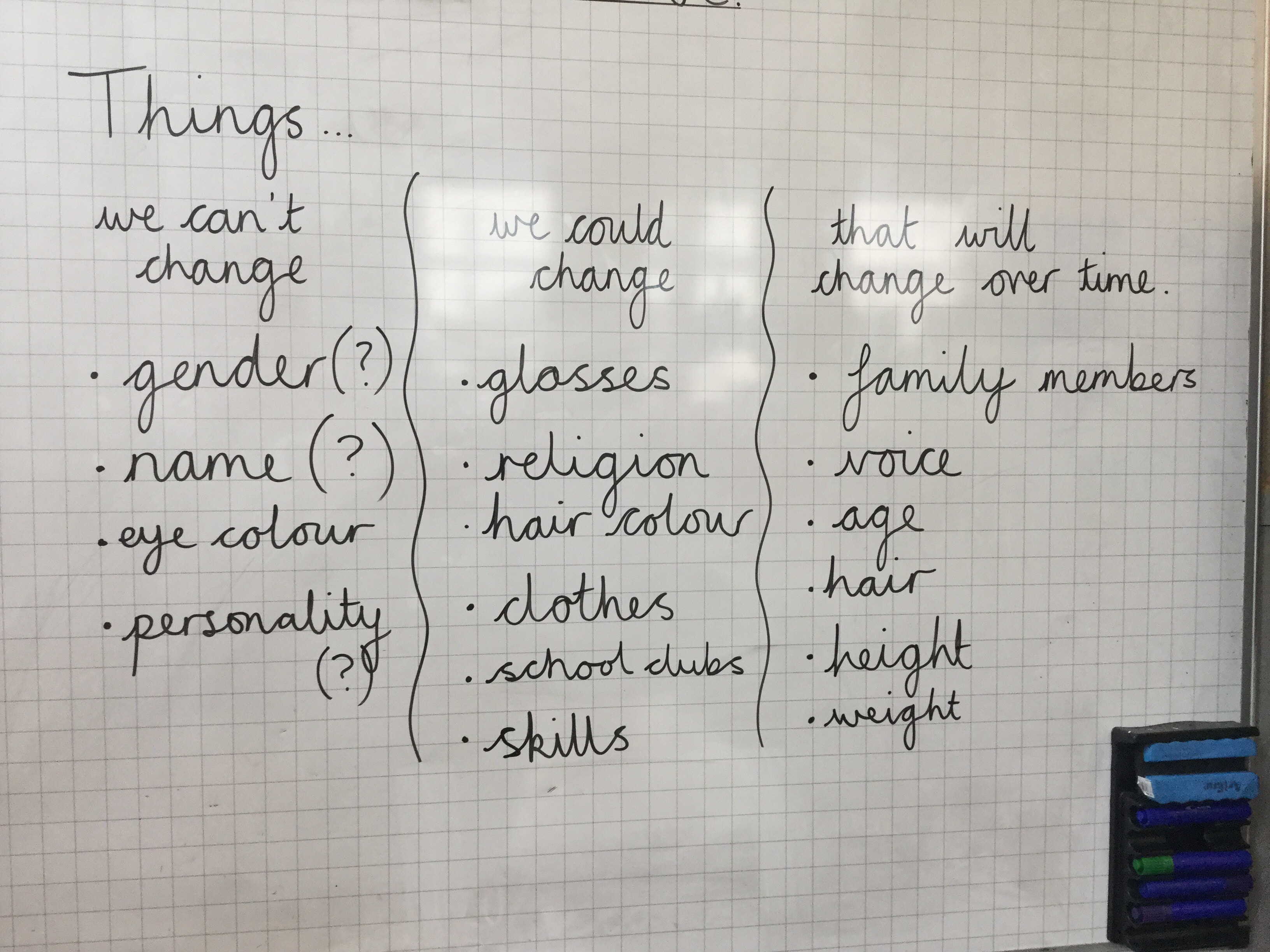
We realised we are all different but these interests and qualities are ever-changing. When we read out what we were good at, we stood up to show we agreed and thought we were good at the same thing. Lots of us were up and down like yoyos, proving that although we may have contrasting lives, we often share similar strengths and weaknesses.
We are super spellers.
It’s great to see children being resourceful in order to support spelling.
From using Zero Tolerance spelling cards…
… to getting dictionaries if we need one. 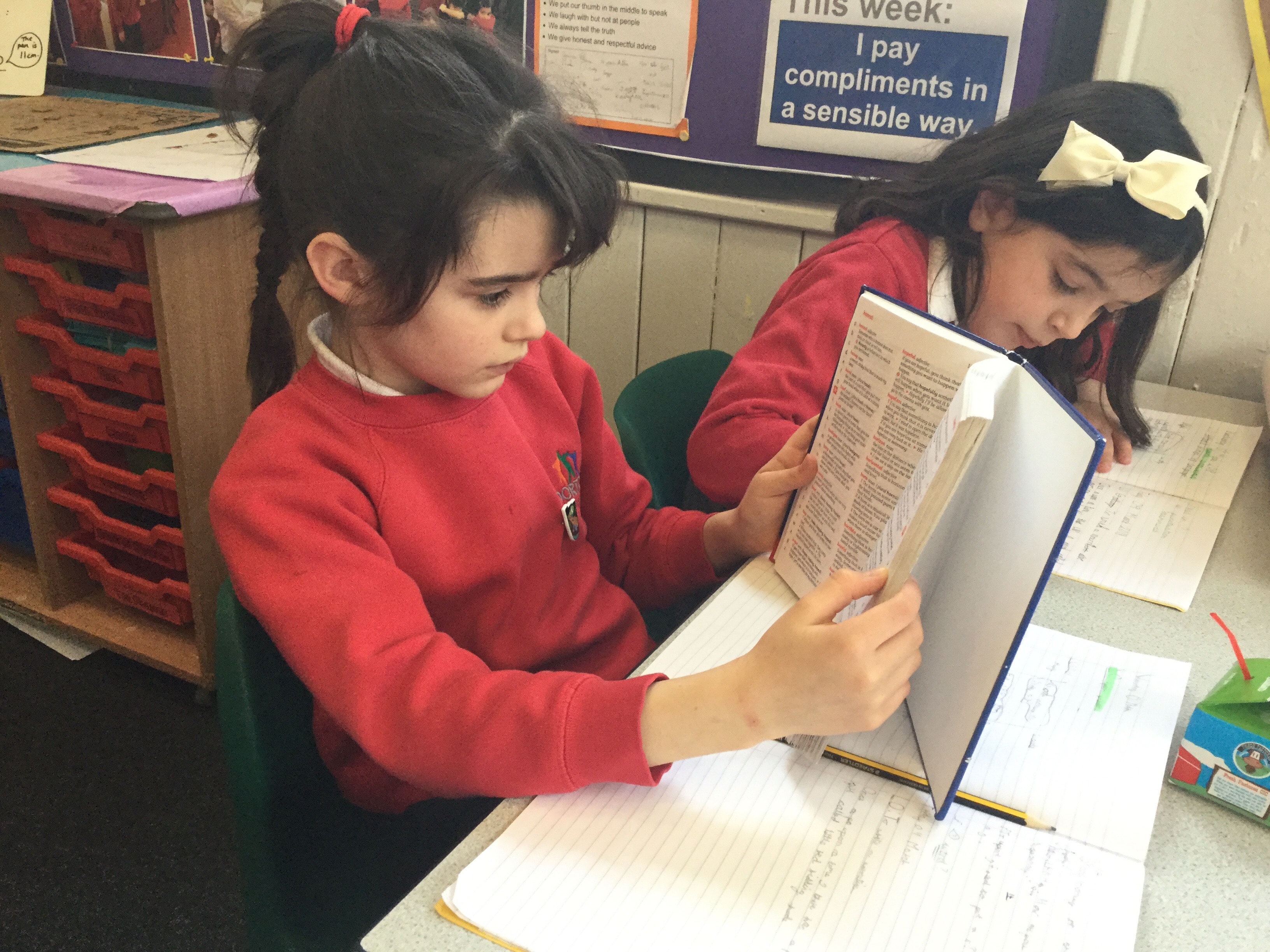
Remember to check out our spelling support for tips and ideas and other super spelling strategies.
Homework – we LOVE reading!
WOW! Today, I witnessed my favourite homework review – I can show what I love about reading. The children’s enthusiasm and love for all things books really shone through and I thoroughly enjoyed seeing and hearing about everyone’s efforts. Here are some highlights:
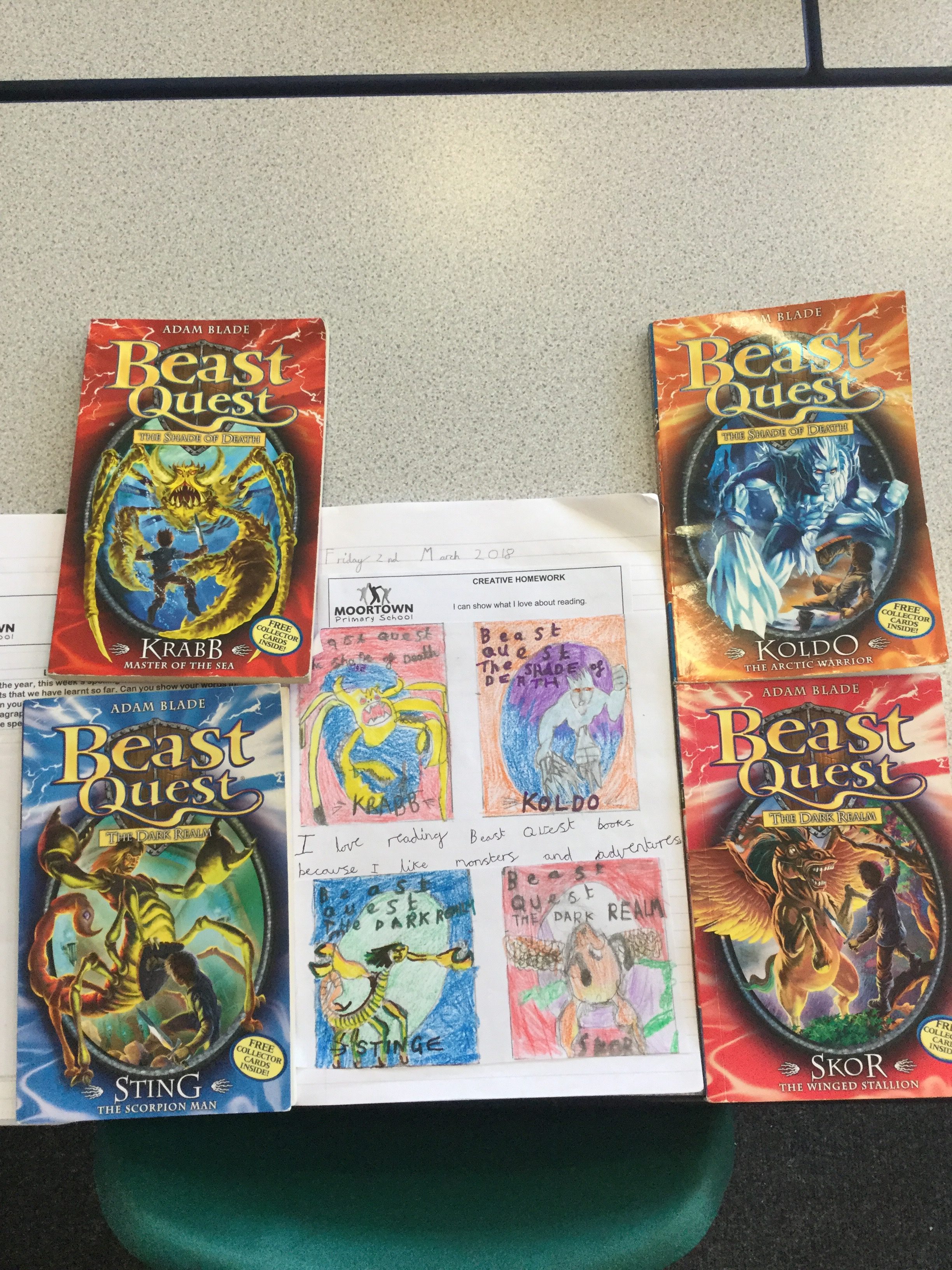
You’d have to go on many a quest to find more creative homework than this!
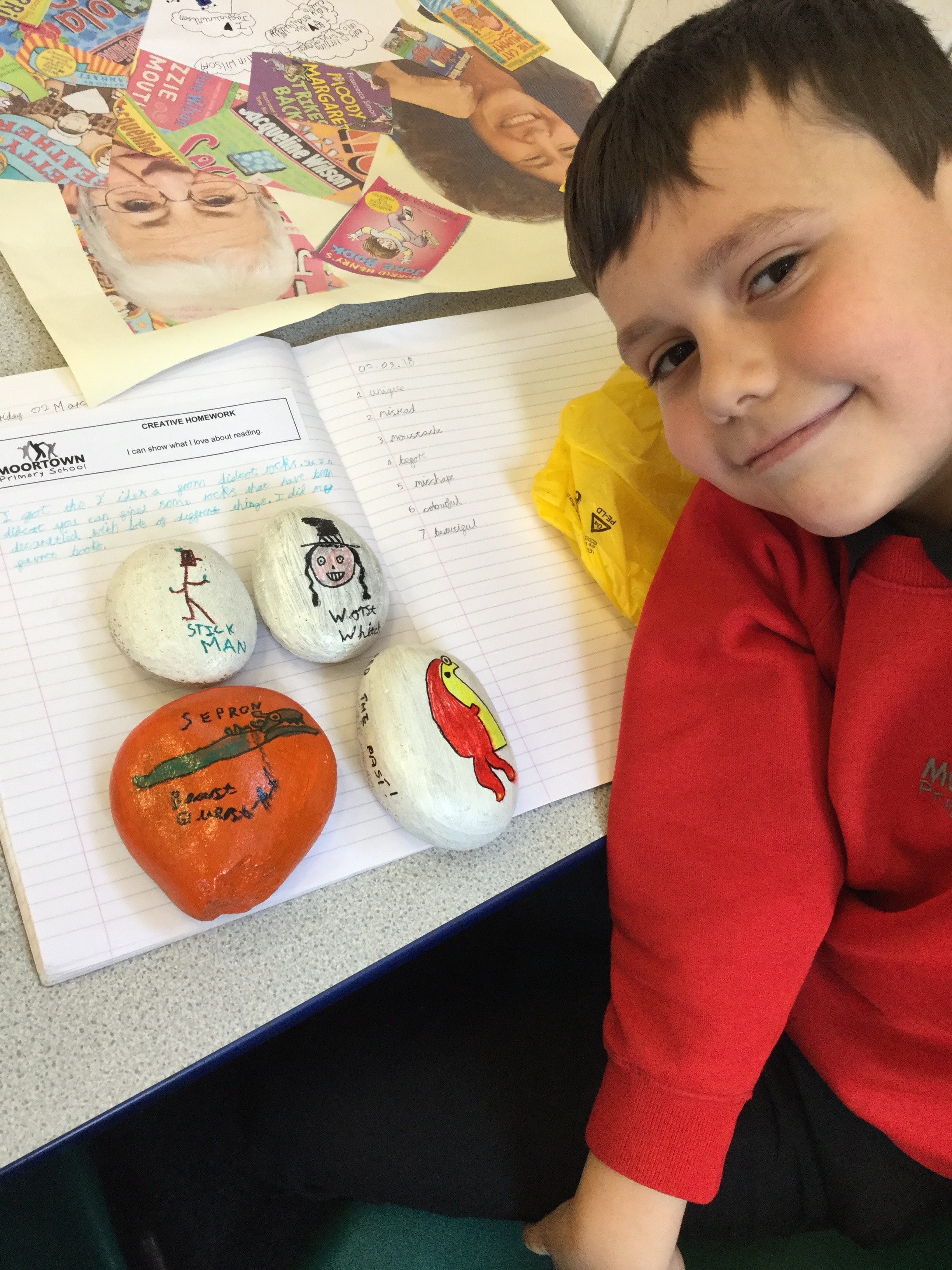
Books rock! (Keep an eye out in Roundhay park for these colourful, hand-painted stones. Take a photo if you find one!)
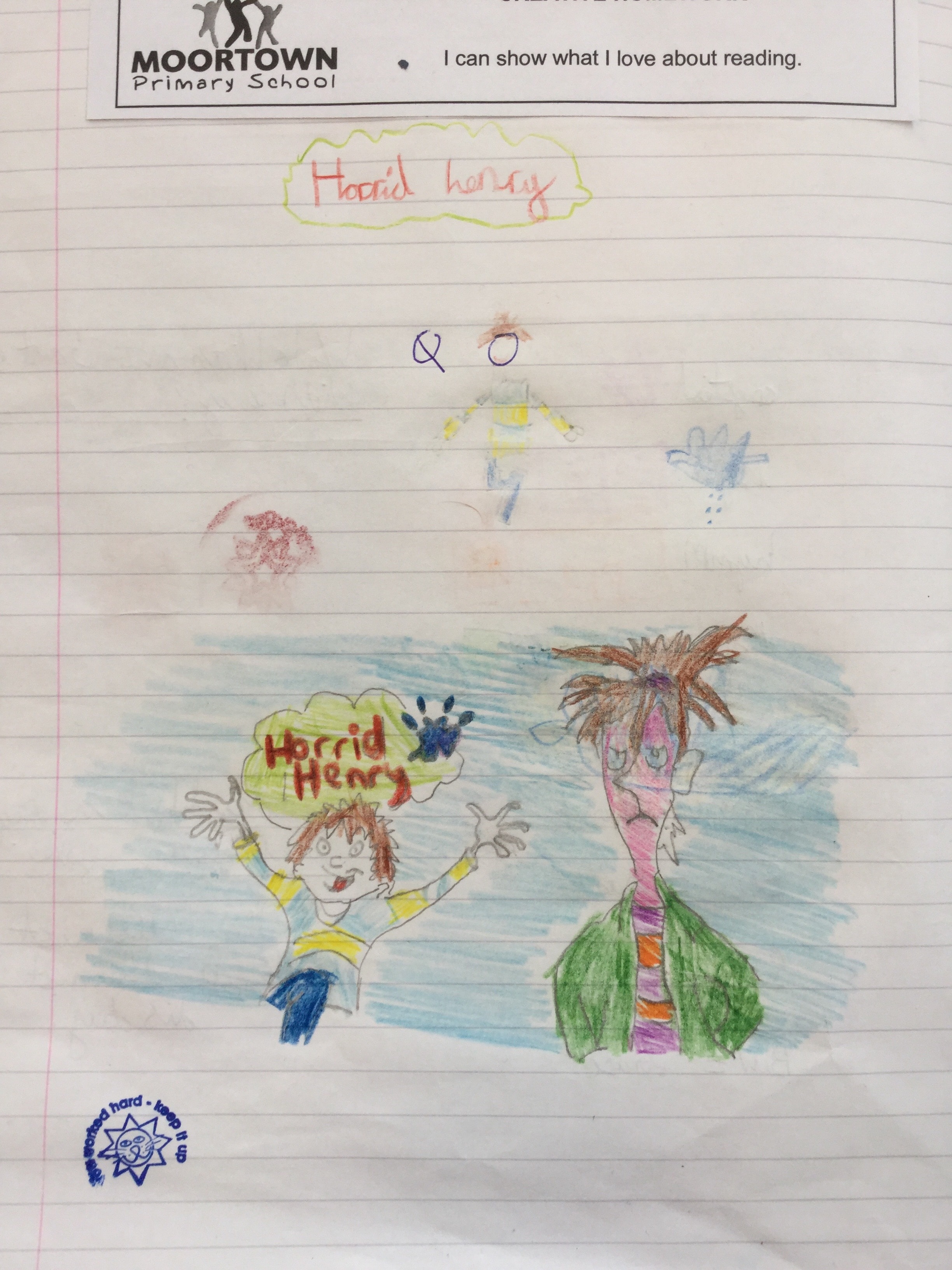
There’s nothing horrid about reading!
Reading can be comic-al.
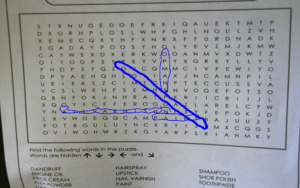
You’d have to search far and wide to find people who love reading more than us!
Pencil grip matters
Does it really matter how your child holds their pencil?
Yes, it does! It can make a huge difference to the ease and efficiency with which s/he writes.
A dynamic tripod grip-the preferred grip-allows your child to write quickly and fluently and requires only tiny movements of the muscles in the hand.
Habits such as how we hold a pencil are formed early on. In Reception we teach pencil grip and plan activities that help develop strong hand and finger muscles.
Using secondary sources
Year 6 are investigating what affects the length of gestation periods in mammals. Some of us are comparing gestation period to average adult weight; some are comparing it to average lifespan; and some are comparing it to average newborn weight.
We’ve used secondary sources to find out the information we need, being careful to ensure that we’re using reliable sources.
When we’ve gathered all of the information we need, we’ll create a line graph of the information and see if we can use this to predict other mammal’s gestation period according to their weight – some great Maths in our Topic lessons.
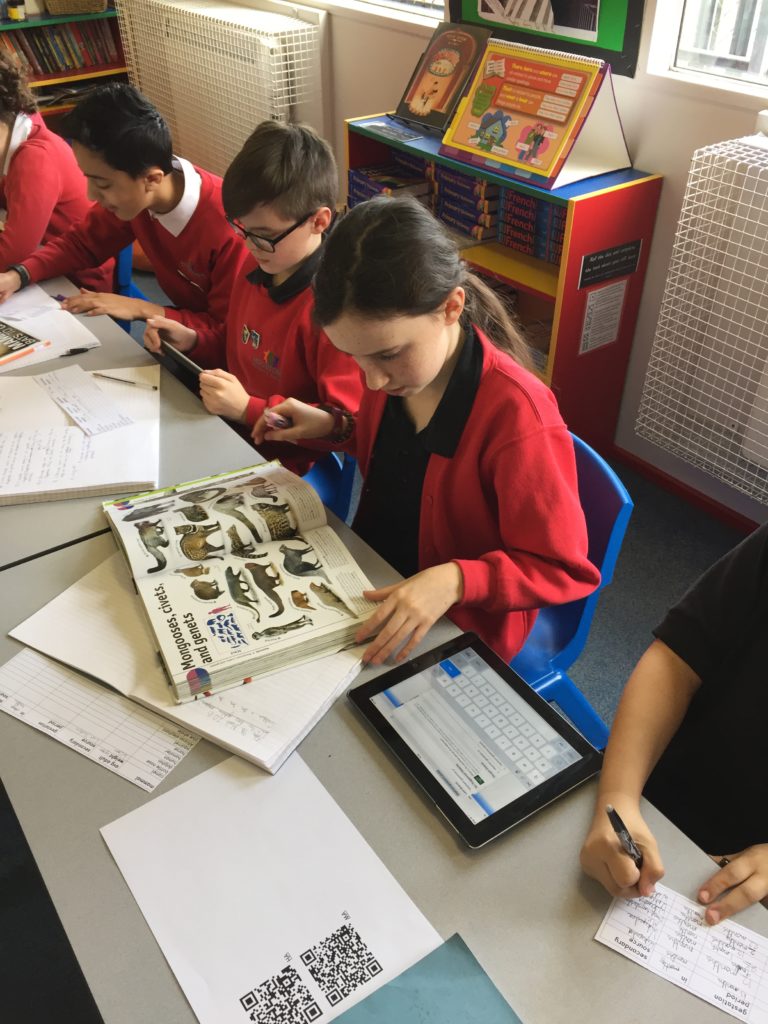
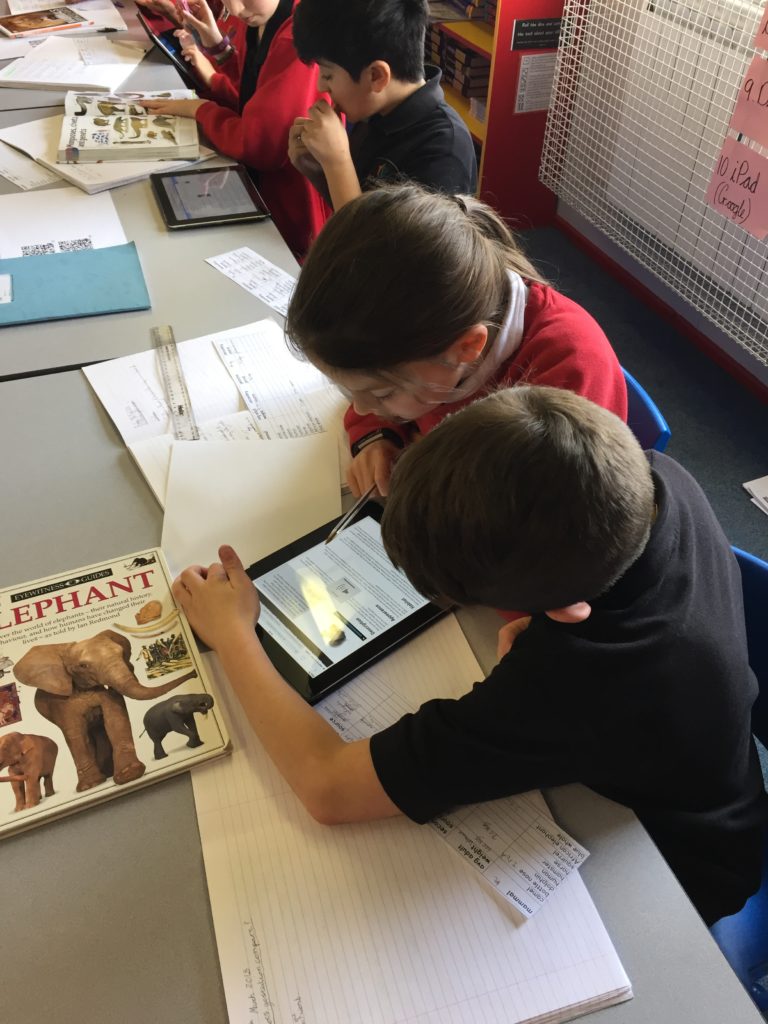
Homework – What I like about reading!
Once again, some super, creative homework this week. The children were asked to think about what they like about reading.
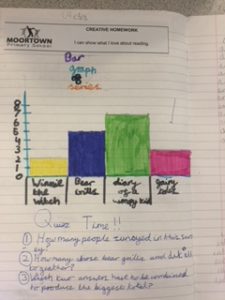
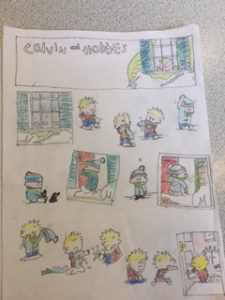
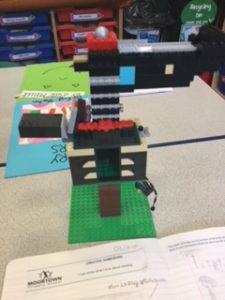
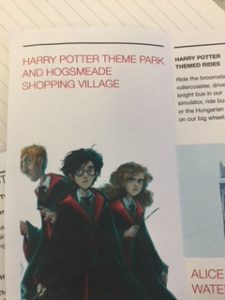
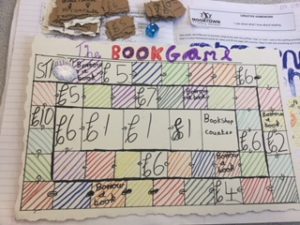
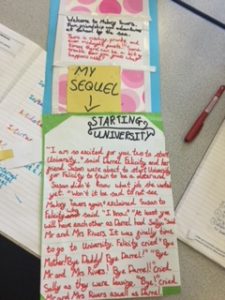
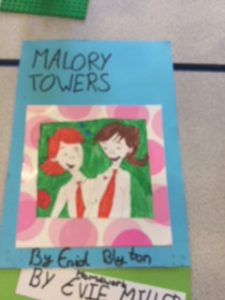
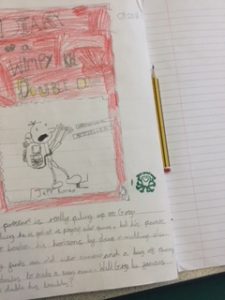
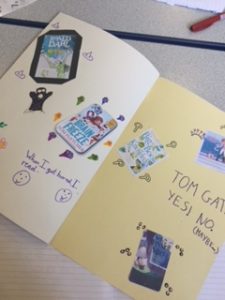

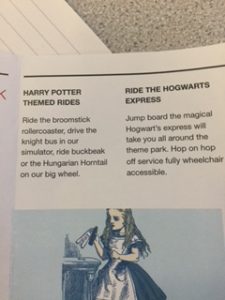
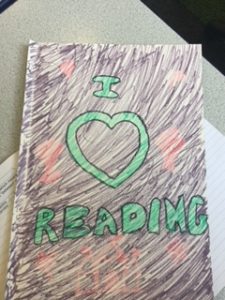
In September, we noticed that some children were reluctant to read. To encourage more love of reading, we regularly update our reading area, ensuring that we have a variety of texts and an inviting area in which to relax and read. Aside from the sheer joy of exercising the imagination, research shows reading for pleasure improves literacy, social skills, health and learning outcomes.
The children are encouraged each week to bring something to read from home. This doesn’t have to just be a book. It could be reading material such as:
- newspapers
- leaflets
- maps
- instructions
- top trumps cards
- comics
- wordsearches
- recipies
- stories written by themselves
- letters
- biographies
- poems
- and, of course, non-fiction and fiction books
Over the year, so far, we’ve noticed a much improved enthusiasm for reading.
Keep it up, Year 4!
Living and Learning – compliments
This morning, we thought about how and why we give compliments.
We discussed how important it is to be a part of the ‘classroom community’. We need to care about and take care of each other. Giving compliments is an example of caring and taking care.
The class observed each other giving one another a compliment and noted the appropriate way to receive a compliment. We then discussed how the giving and receiving of compliments improves the mood of the classroom, school and individuals.
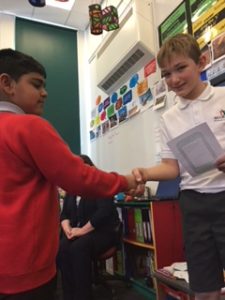
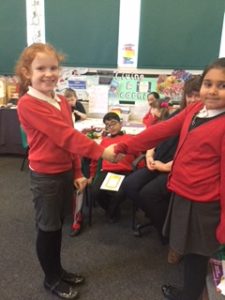
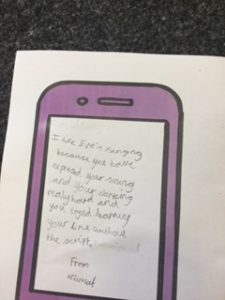
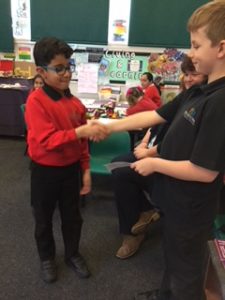
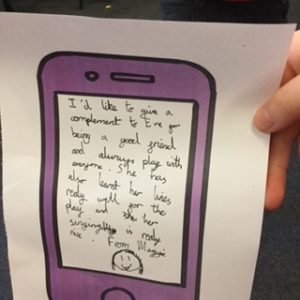

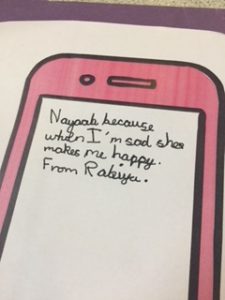

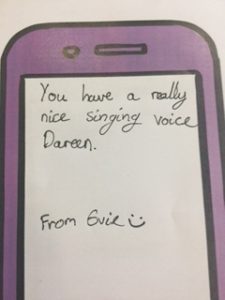

To finish our lesson, using a ball of string, we created our own ‘compliments web’. Each person complimented a classmate and passed the string across to them. As they received the compliment, each person needed to respond appropriately.
- “I really like your hairstyle today Manpreet,” commented Zara.
- “Thank you,” replied Manpreet.
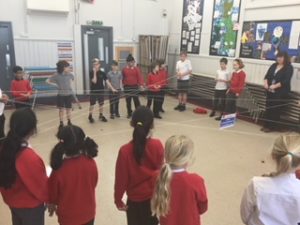
Supermovers times tables
We love the Supermovers maths videos to get us active while we’re learning our 2, 5 and 10 times tables.
Why not watch the videos to support maths learning at home, too.

